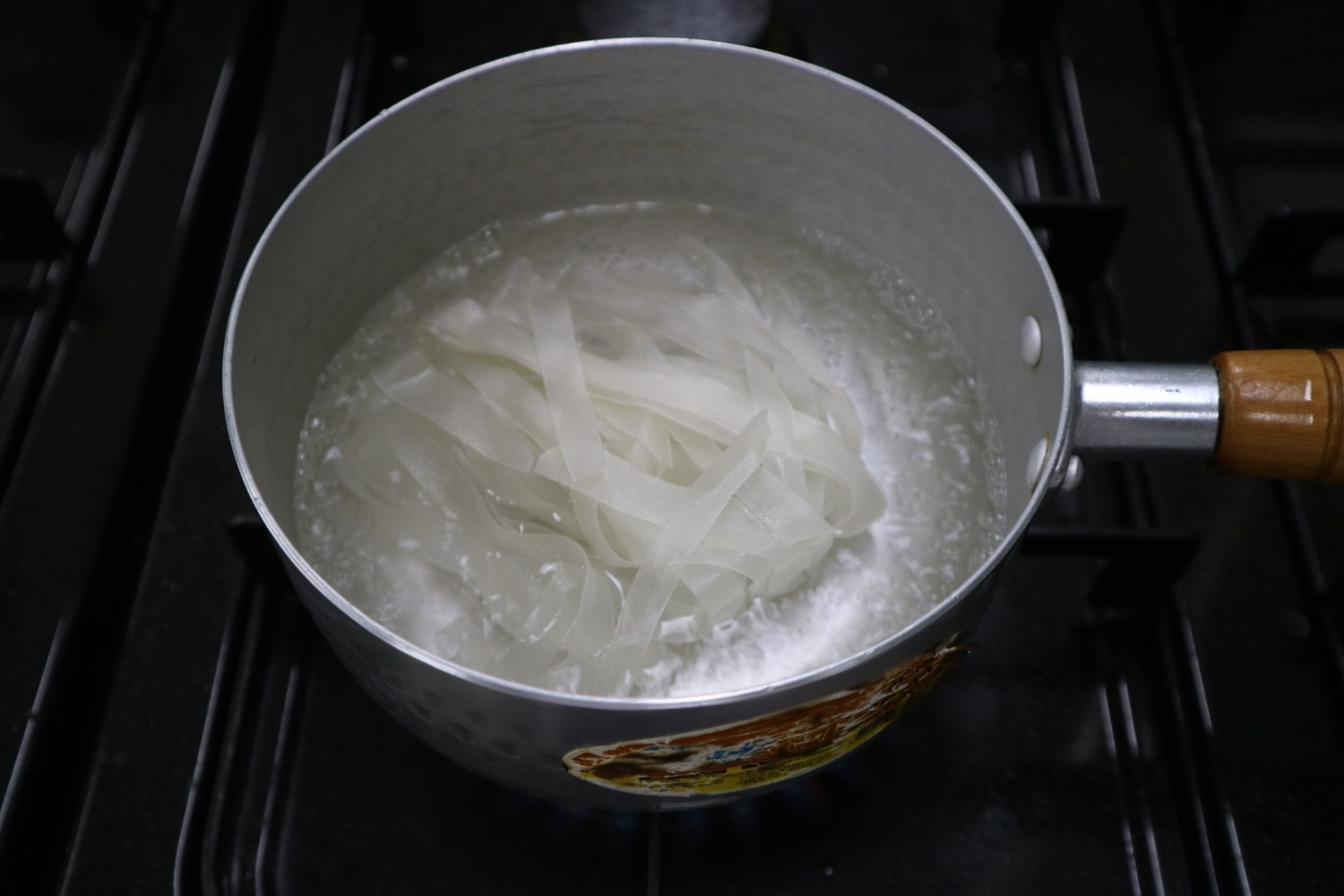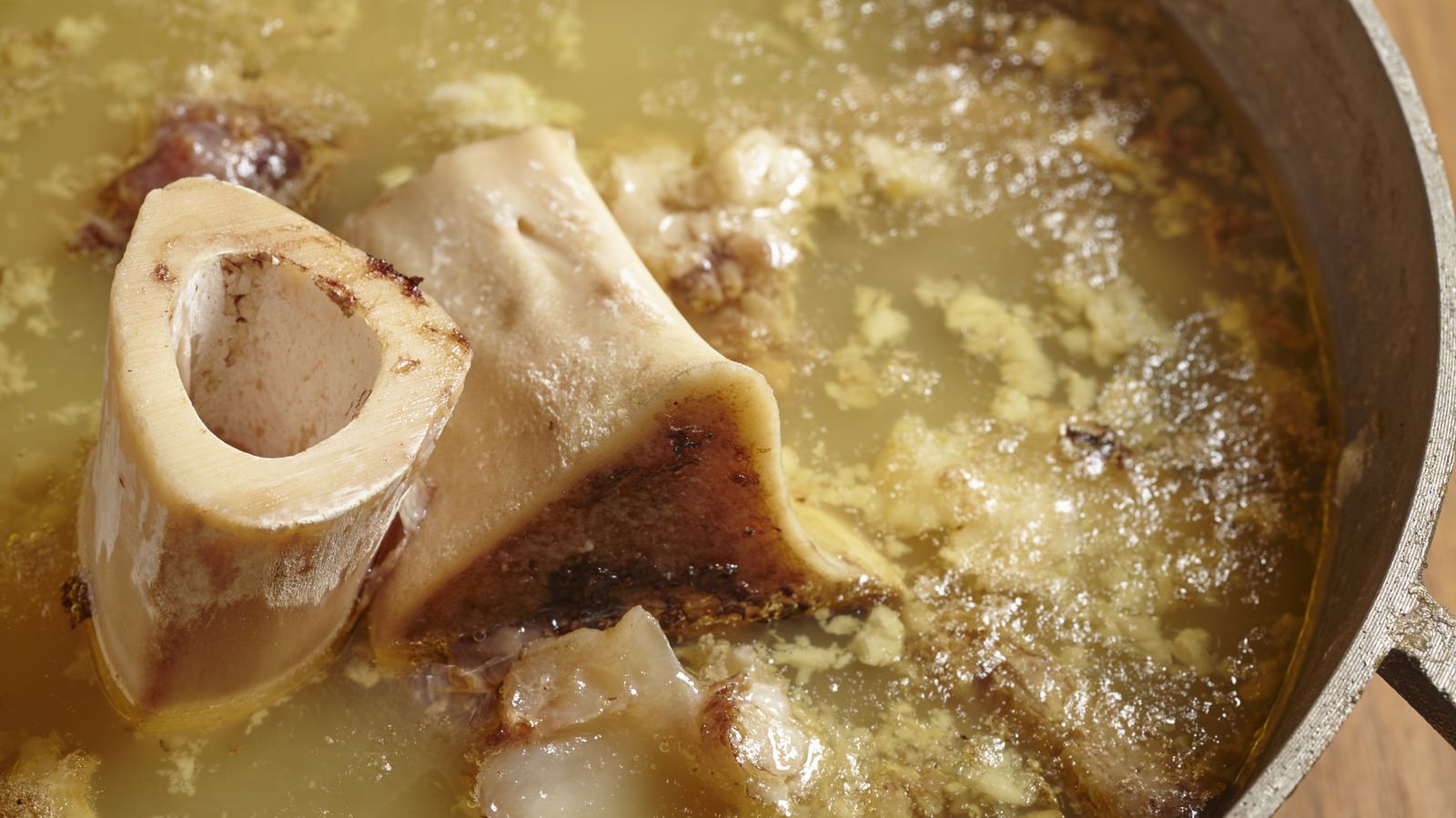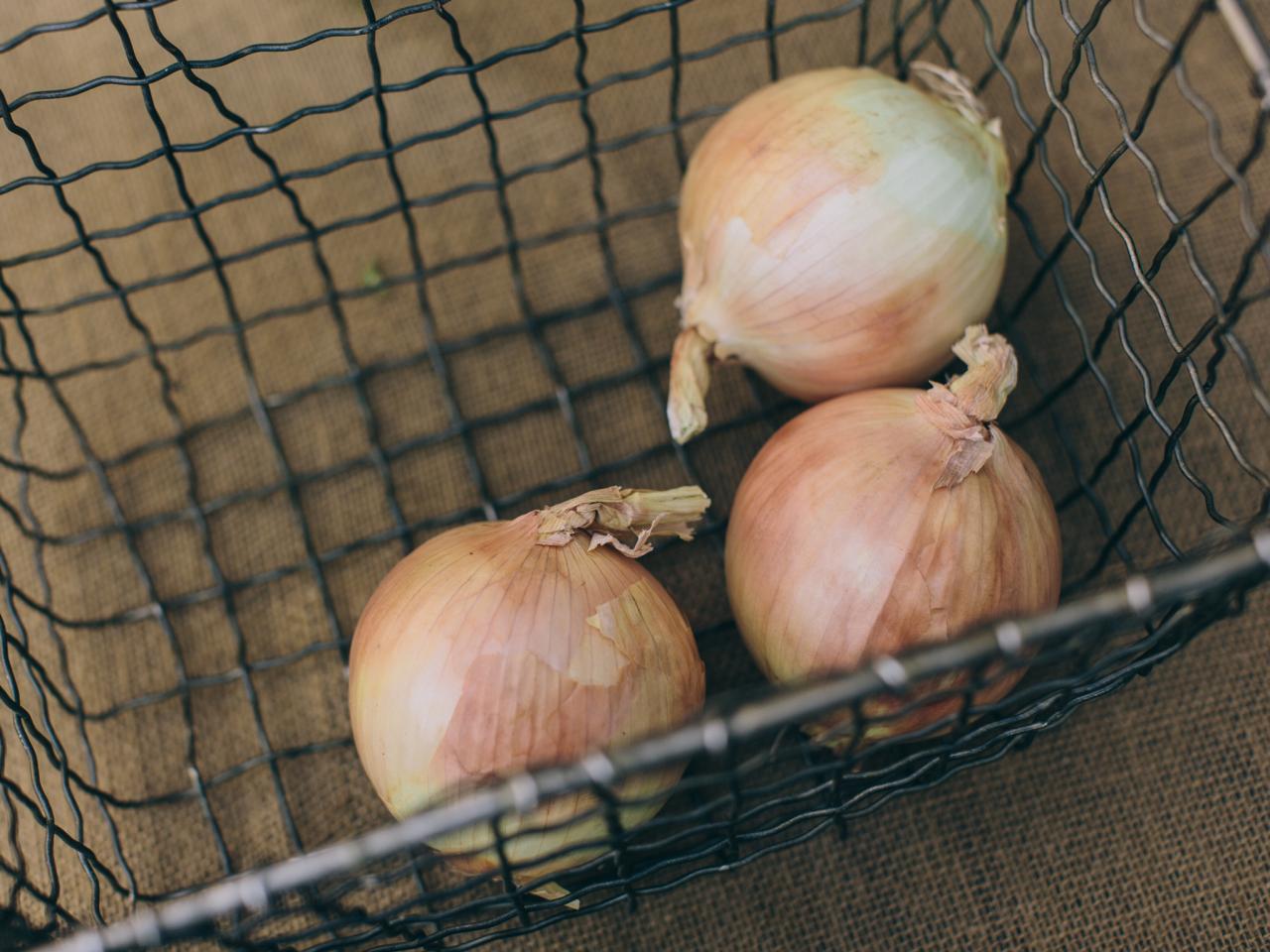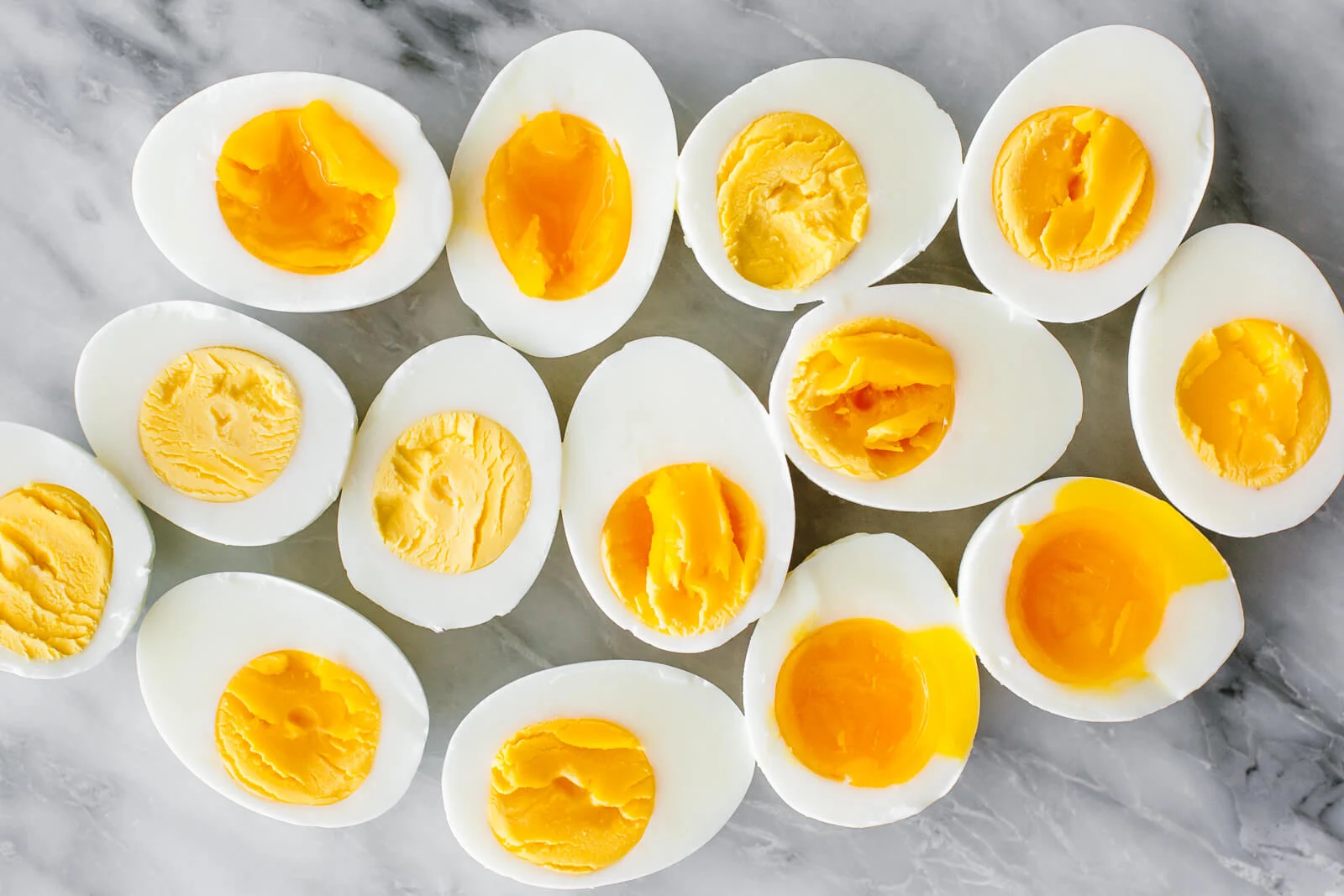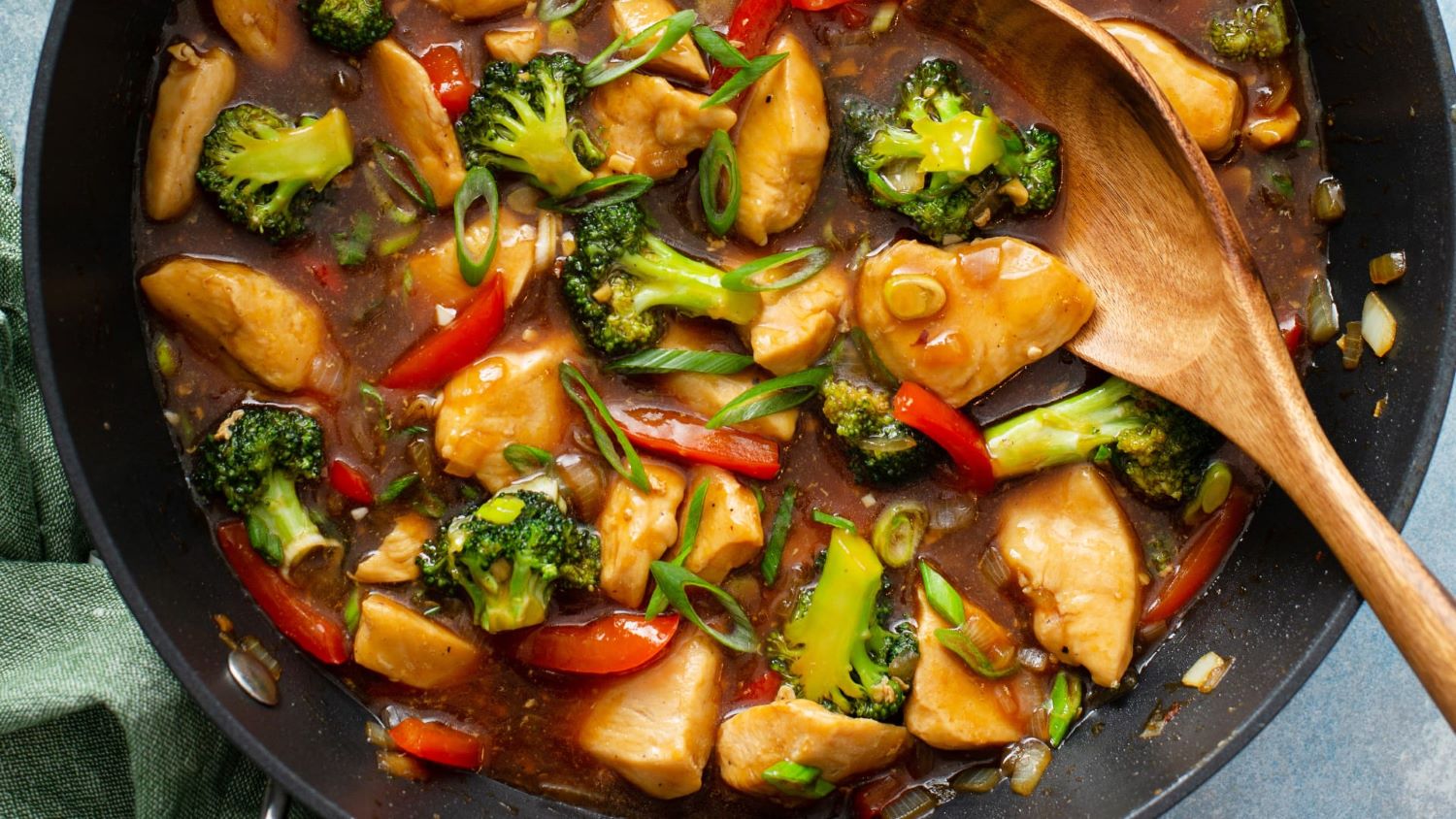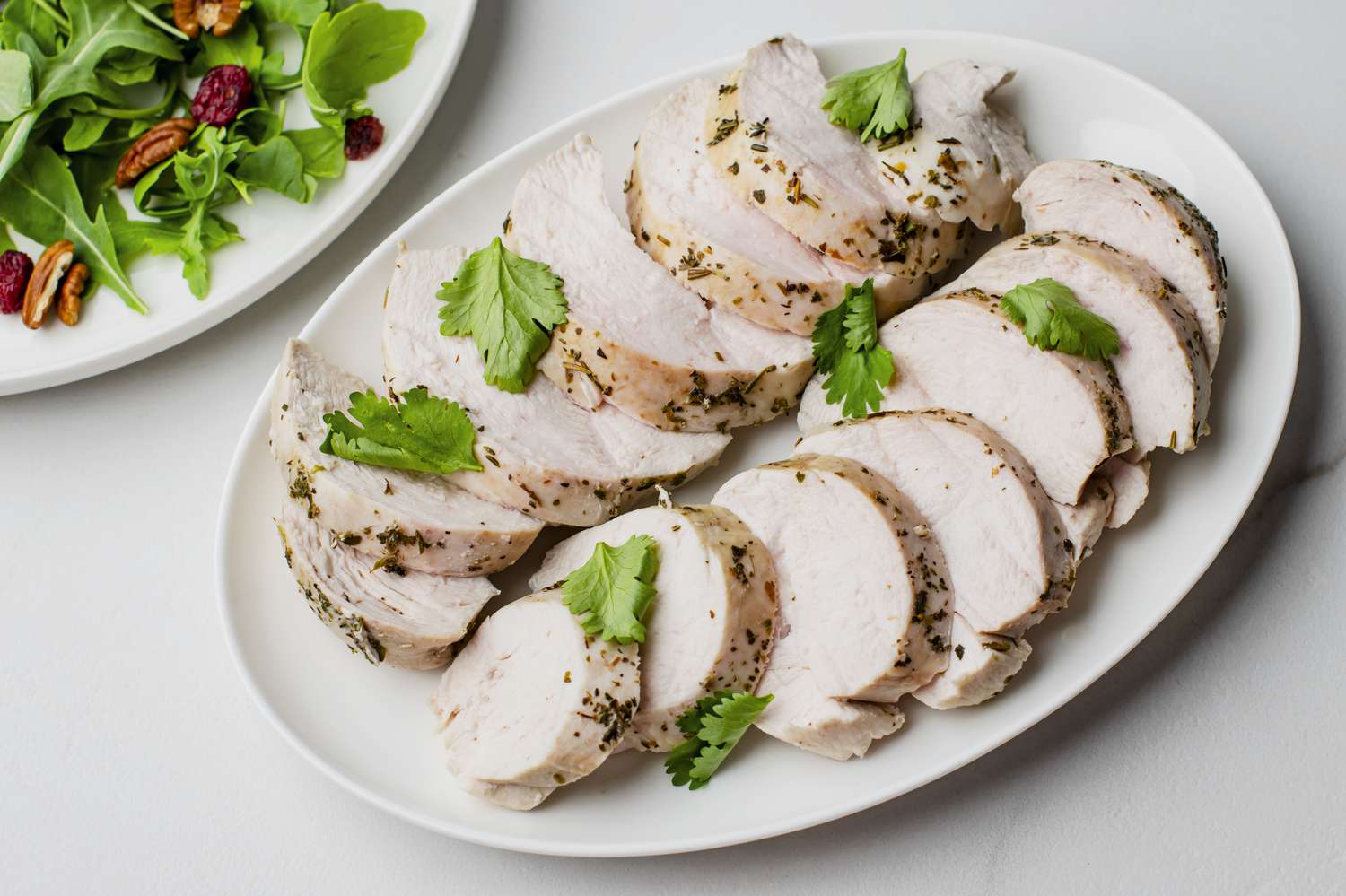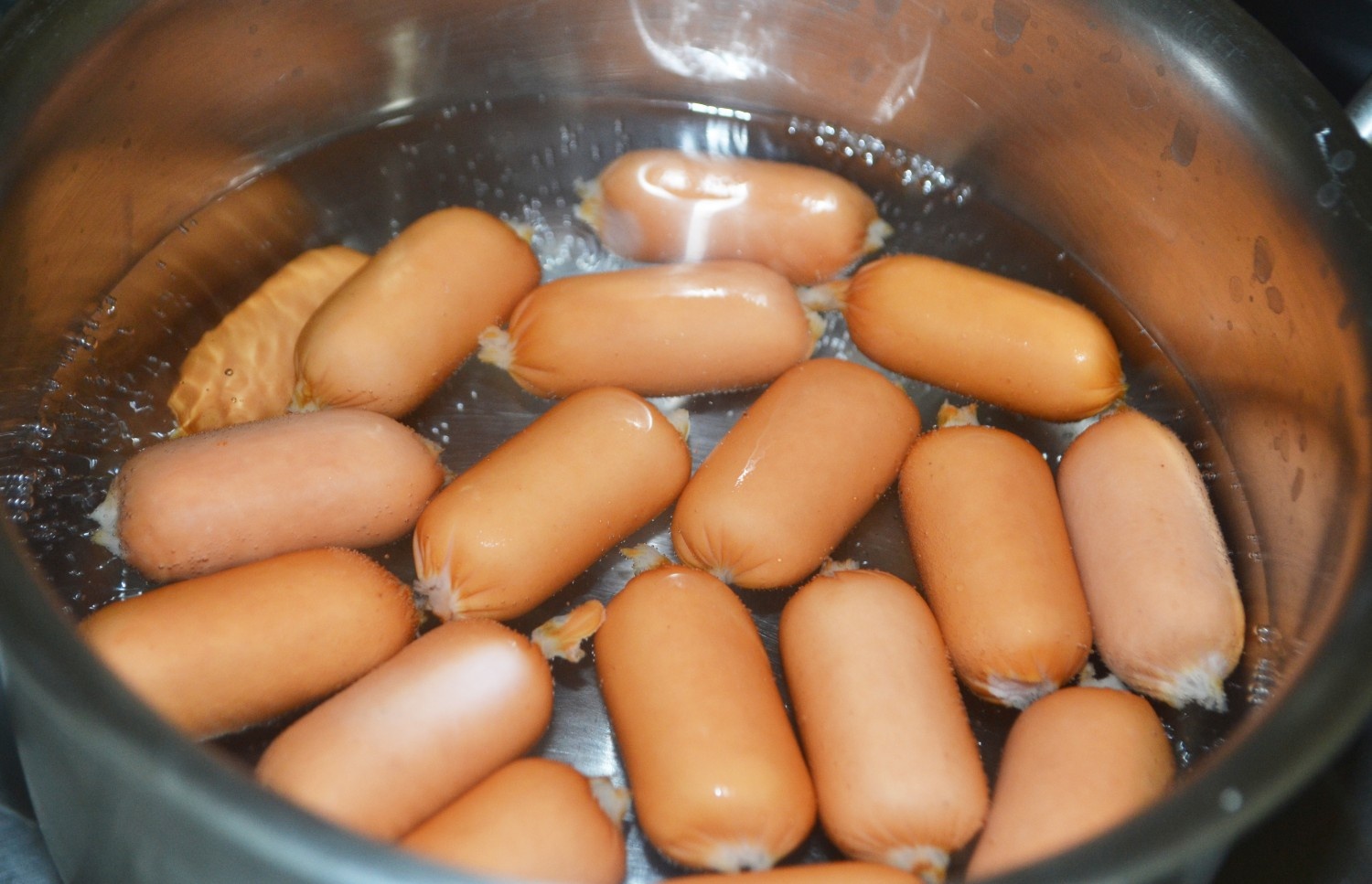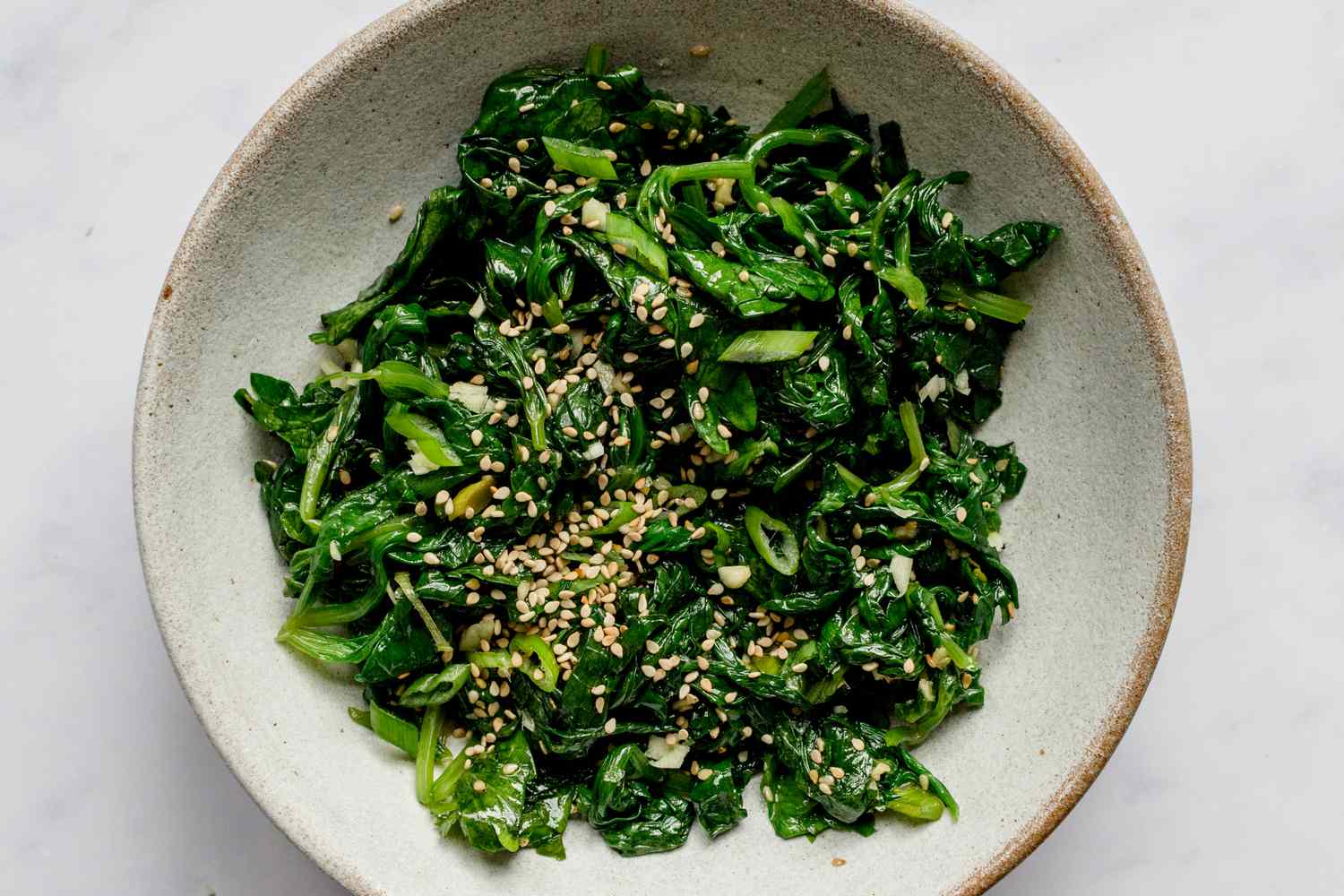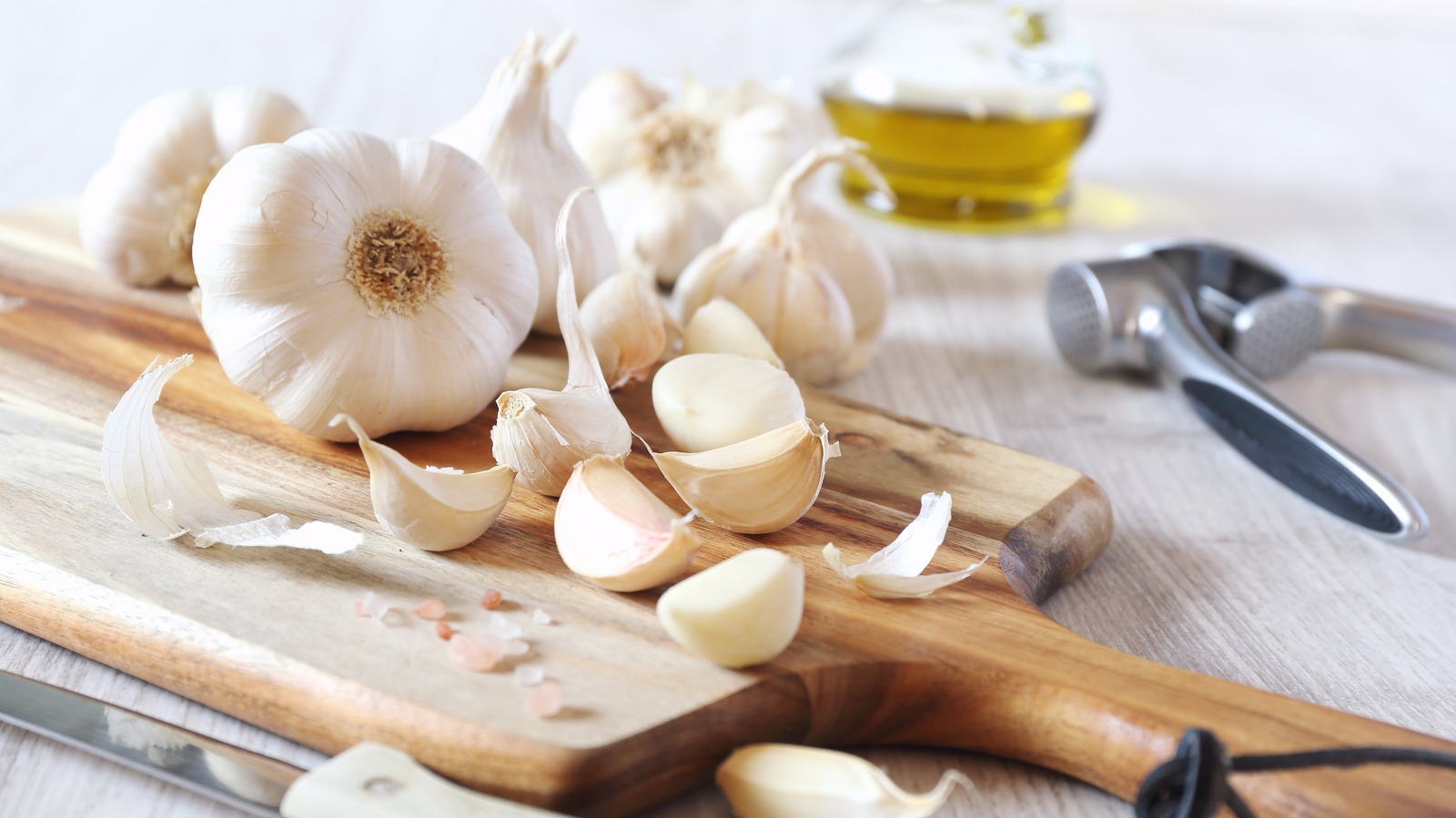What is Blanching?
Blanching is a cooking technique that involves briefly immersing food in boiling water, then plunging it into ice water to halt the cooking process. It is commonly used to partially cook vegetables, fruits, and meats, and is a great way to preserve the natural color, texture, and flavor of the food.
Why Blanch Beef?
Blanching beef serves several purposes, including:
- Removing impurities: Blanching helps remove impurities and excess fat from the surface of the beef, resulting in a cleaner and clearer broth or stock.
- Preserving color and flavor: By blanching beef before using it in soups or stews, you can help preserve its natural color and flavor, resulting in a more appetizing dish.
- Reducing cooking time: Blanching can help reduce the overall cooking time for certain beef dishes, making them more time-efficient to prepare.
How to Blanch Beef
Blanching beef is a simple process that can be done in a few easy steps:
- Prepare the beef: Trim any excess fat from the beef and cut it into evenly sized pieces.
- Boil water: Bring a pot of water to a rolling boil.
- Blanch the beef: Carefully add the beef to the boiling water and let it cook for 1-2 minutes. This brief cooking time is enough to remove impurities and partially cook the beef.
- Shock in ice water: Using a slotted spoon, remove the beef from the boiling water and immediately transfer it to a bowl of ice water. This will stop the cooking process and help the beef retain its color and texture.
- Pat dry: Once the beef has cooled in the ice water, remove it and pat it dry with paper towels before using it in your desired recipe.
Recipes Using Blanched Beef
Blanched beef can be used in a variety of delicious recipes, including:
- Beef noodle soup
- Beef and vegetable stir-fry
- Beef and barley stew
- Beef and broccoli dish
Conclusion
Blanching beef is a simple yet effective technique that can enhance the quality of your beef dishes. By following the steps outlined above, you can ensure that your beef retains its natural flavor, color, and texture, resulting in more delicious and visually appealing meals.
